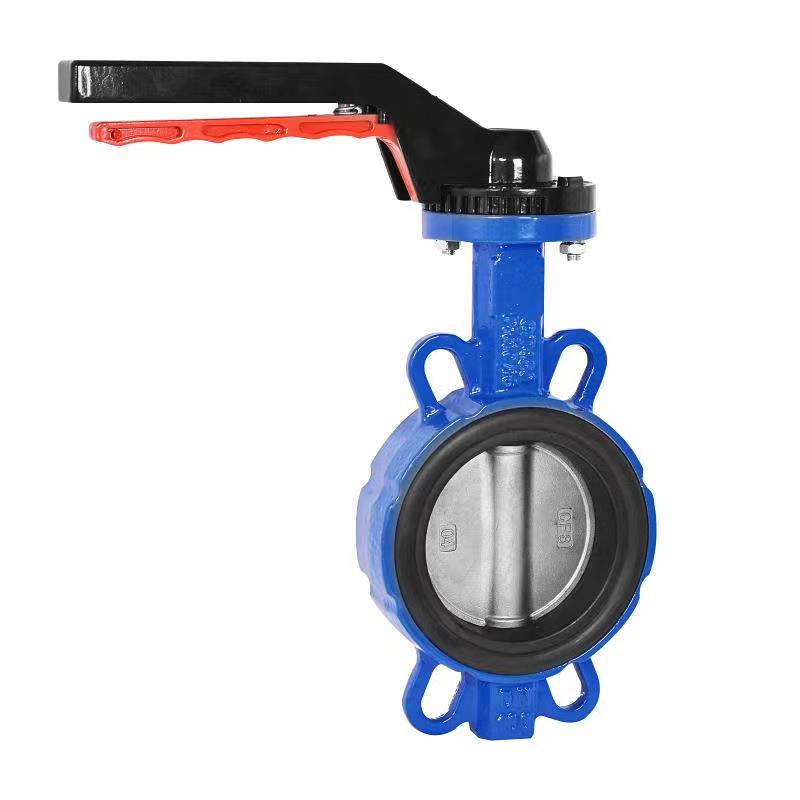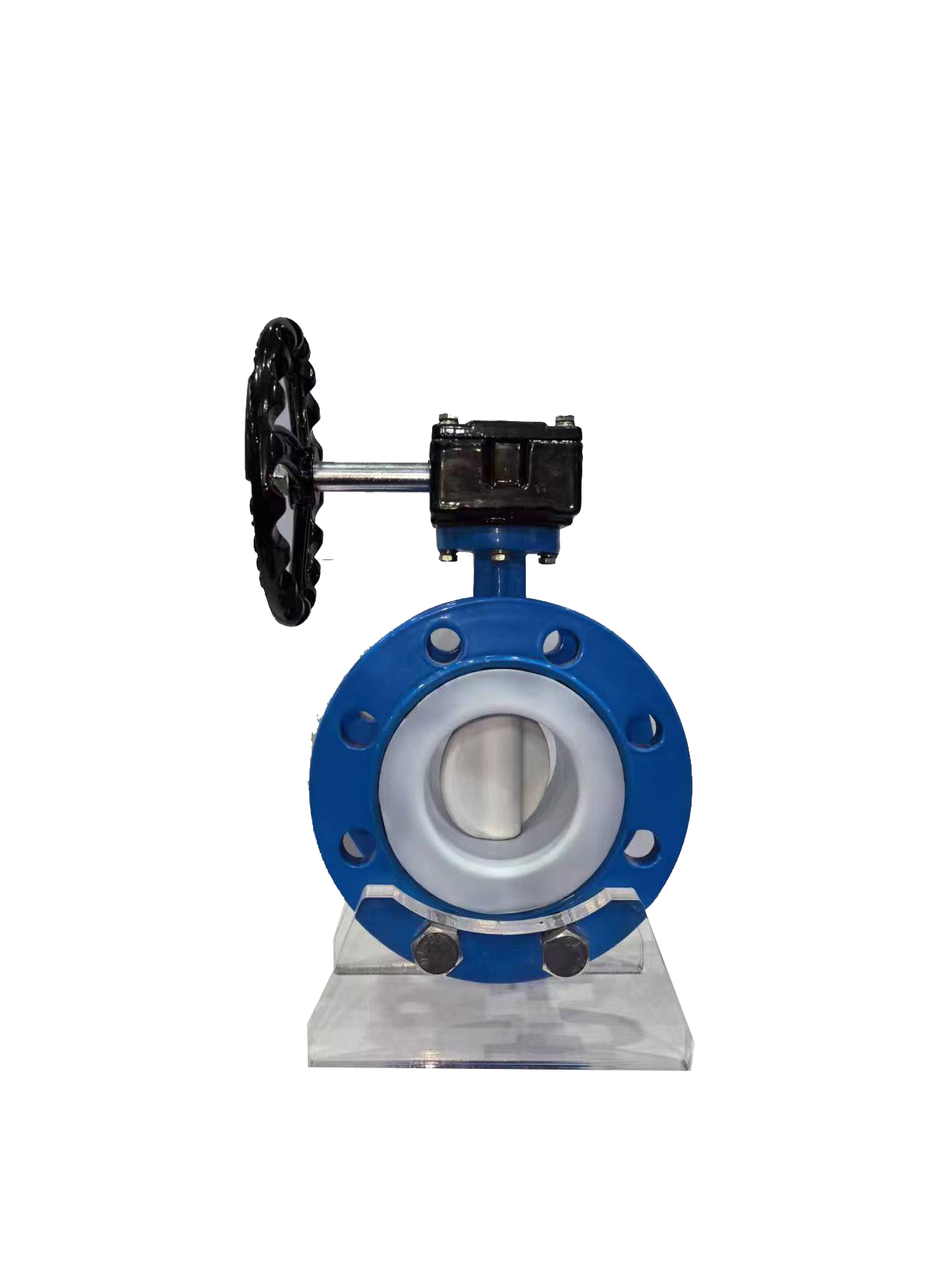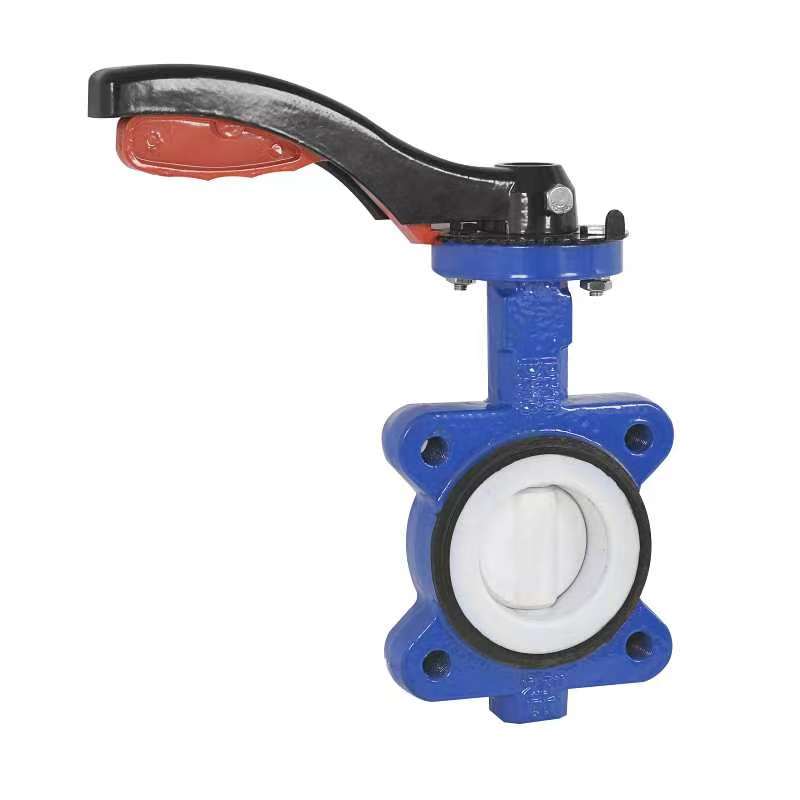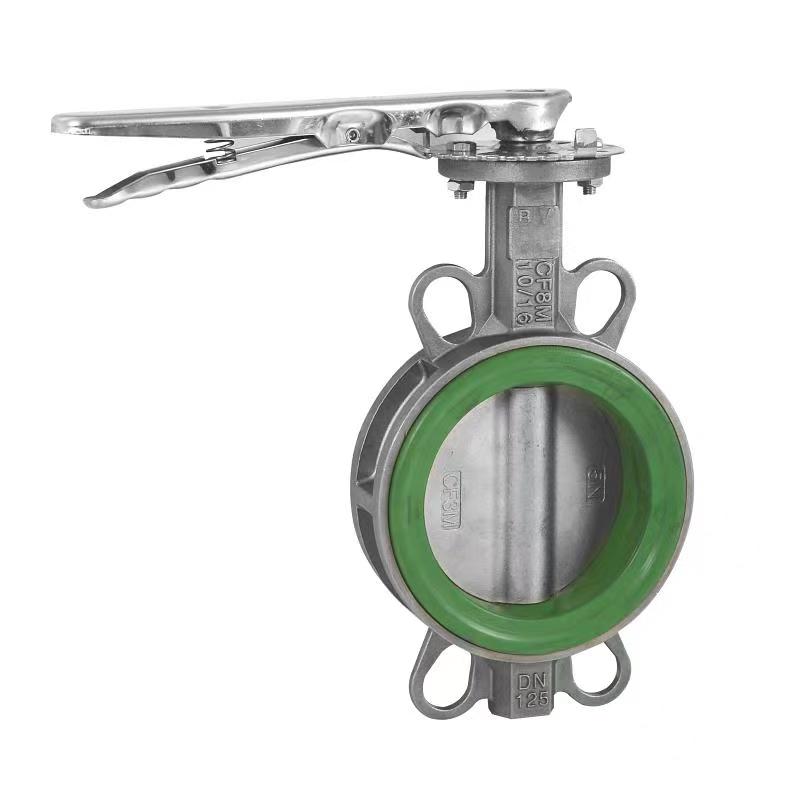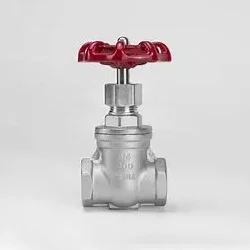- English
- Español
- Português
- русский
- Français
- 日本語
- Deutsch
- tiếng Việt
- Italiano
- Nederlands
- ภาษาไทย
- Polski
- 한국어
- Svenska
- magyar
- Malay
- বাংলা ভাষার
- Dansk
- Suomi
- हिन्दी
- Pilipino
- Türkçe
- Gaeilge
- العربية
- Indonesia
- Norsk
- تمل
- český
- ελληνικά
- український
- Javanese
- فارسی
- தமிழ்
- తెలుగు
- नेपाली
- Burmese
- български
- ລາວ
- Latine
- Қазақша
- Euskal
- Azərbaycan
- Slovenský jazyk
- Македонски
- Lietuvos
- Eesti Keel
- Română
- Slovenski
- मराठी
- Srpski језик
- Esperanto
- Català
- שפה עברית
- Cymraeg
- Latviešu
- icelandic
- ייִדיש
- беларускі
- Hrvatski
- Kreyòl ayisyen
- Shqiptar
- Malti
- lugha ya Kiswahili
- አማርኛ
- Bosanski
- Frysk
- ភាសាខ្មែរ
- ქართული
- ગુજરાતી
- Hausa
- Кыргыз тили
- ಕನ್ನಡ
- Corsa
- Kurdî
- മലയാളം
- Maori
- Монгол хэл
- Hmong
- IsiXhosa
- Zulu
- Yoruba
- অসমীয়া
- ଓଡିଆ
- Twi
- Samoa
- Sesotho
- සිංහල
- Gàidhlig
- Cebuano
- Somali
- Тоҷикӣ
- O'zbek
- Hawaiian
- سنڌي
- Shinra
- Հայերեն
- Igbo
- Sundanese
- Lëtzebuergesch
- Malagasy
- Tǝlam Kanuri
- Punjabi
- پښتو
- Chichewa
How to judge whether the butterfly valve needs to be replaced or maintained?
2025-05-29
As an important control element in the fluid conveying system, the working state of the butterfly valve directly affects the operating efficiency and safety of the entire system. Whether in water supply, petrochemical, electricity, or in the pharmaceutical, food and other industries, butterfly valves may suffer from wear, aging or performance degradation after long-term operation. If they are not maintained or replaced in time, the process flow will be affected at best, and leakage, shutdown or even equipment accidents will be caused at worst. So, how should users judge whether the butterfly valve needs maintenance or replacement? The following aspects deserve special attention.
1. Poor opening and closing of the valve or abnormal torque
A properly working butterfly valve should have a smooth opening and closing process, uniform operating feel and moderate torque. If it is found that the opening and closing is difficult or stuck during operation, or the electric actuator feedbacks abnormal torque signals, this usually indicates that the internal structure has been worn, impurities are stuck or the sealing ring is aged. For manual butterfly valves, if the operating handle becomes too tight, it means that the valve shaft may be rusted or lubricated insufficiently.
At this time, the machine should be stopped and checked immediately to confirm whether it is caused by deformation, accumulation of dirt or lubrication failure of internal components. If it is only a slight jam, it can be solved by cleaning, adding lubricants or replacing seals; if it has affected the normal operation of the valve, it is necessary to consider replacing key components or replacing the entire valve.
2. Obvious internal or external leakage
The main function of the butterfly valve is to control and cut off the fluid, so the sealing performance is crucial. If the medium is found to leak from the connection between the valve body and the valve cover, or if there is still fluid flowing through the valve plate when the valve is closed, it means that the sealing performance has declined. Internal leakage is mostly caused by wear, aging or deformation of the sealing surface, while external leakage may be caused by gasket failure or loose fasteners.
For soft-sealed butterfly valves, the sealing ring is prone to aging and is more likely to fail under long service life or harsh working conditions. For metal-sealed butterfly valves, check whether the sealing surface is damaged, abraded or blocked by sediment. If the sealing performance declines and affects normal operation, it is recommended to replace the sealing components or the entire valve in time to avoid unstable operation of the pipeline system or even safety accidents.
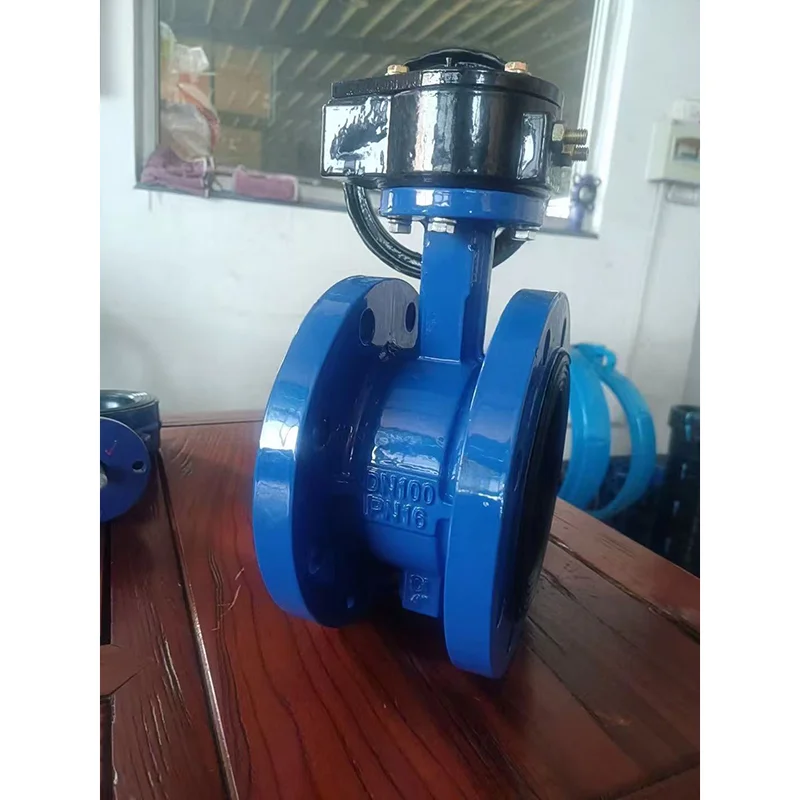
3. Abnormal sound or vibration of the valve
During operation, if the butterfly valve makes abnormal sound, resonates or vibrates frequently, it is mostly caused by internal wear, looseness or deformation of the valve body structure. Especially in high-pressure or high-speed fluid systems, vibration often aggravates the wear of the valve, forming a vicious cycle.
Such phenomena require immediate stop of operation and check whether the connection parts and sealing pairs of the butterfly valve are loose or falling off. If it is confirmed that the structure of the valve plate, valve stem and other parts is damaged, the corresponding components should be replaced in time to avoid further damage to the valve and related equipment.
4. The operation time exceeds the design life
Although the butterfly valve is a highly durable equipment, it also has its design life. Generally speaking, a comprehensive inspection and evaluation should be carried out after three to five years of continuous use, especially in high temperature, high pressure or corrosive media environments. If the use time is close to or exceeds the design period, even if the surface seems intact, there may be internal hidden dangers.
By regularly detecting the degree of wear of the sealing ring, checking the aging condition of the valve body material and the working condition of the actuator, it can be predicted whether it is still suitable for continued service. If the assessment finds that there are multiple problems, or the maintenance cost is close to the replacement cost, the entire valve should be replaced decisively to ensure the reliability of the long-term operation of the system.
5. Frequent maintenance records and repeated problems
If a butterfly valve fails frequently in a short period of time, even if each problem seems simple, continuous maintenance also means that the valve state is unstable. This situation is more common in occasions with high frequency of use, large fluctuations in working conditions or improper valve selection. Frequent maintenance not only increases manpower and material costs, but may also affect the stability of the process.
At this time, the use environment, failure frequency and maintenance of the butterfly valve should be comprehensively analyzed to determine whether it is a selection deviation or a quality problem of the valve body itself. If the problem is repeated and difficult to cure, it is recommended to replace it with a new model butterfly valve that is more suitable for the actual working conditions to solve the problem from the source.
Summary
The key to judging whether the butterfly valve needs maintenance or replacement lies in daily observation and regular inspection. Poor opening and closing, seal failure, abnormal vibration, long operating life or frequent failures are all signals that need to be paid attention to. When using butterfly valves, enterprises should establish a sound equipment management system and maintenance record files, and conduct regular inspections and evaluations. This will not only detect potential problems in a timely manner, but also carry out targeted treatment at an early stage, extend the service life of the butterfly valve, and ensure the safe and reliable operation of the entire fluid system.
Although the butterfly valve is small, the responsibility is not light. Through scientific maintenance and reasonable replacement, it can not only reduce production risks, but also create a stable and efficient operating environment for the enterprise.
Related News








